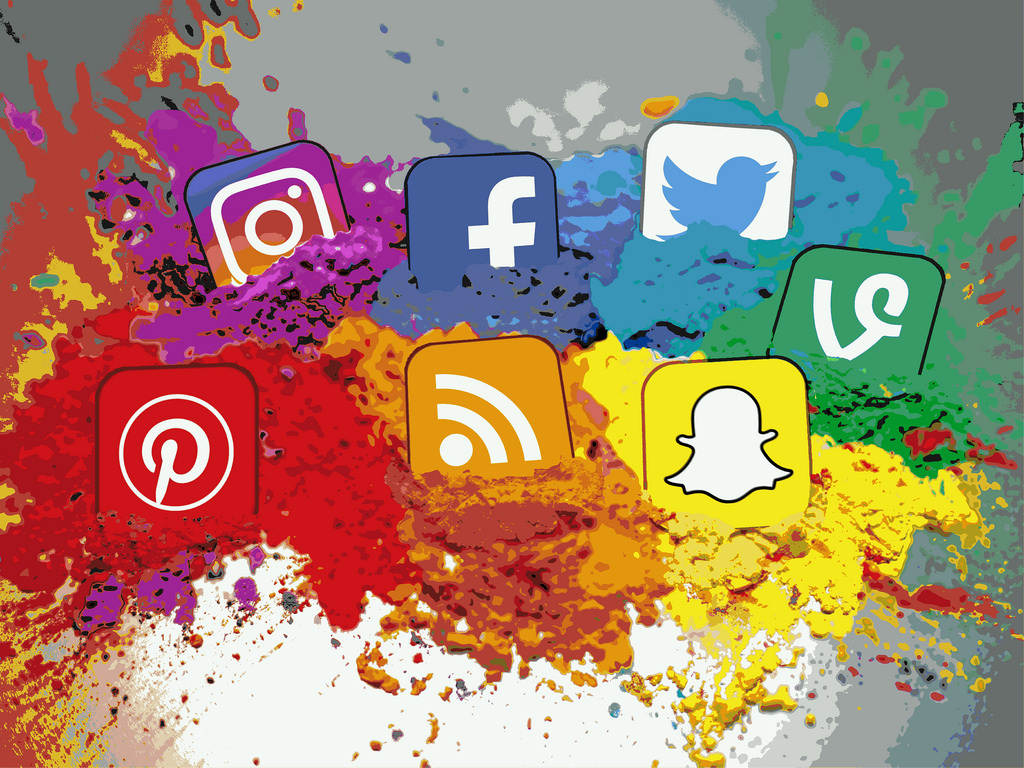Many PR practitioners know Hootsuite for its pre-scheduling capabilities for social media campaigns. This tool allows managers to pre-write posts and also have a birds-eye view of social streams and company mentions. In turn, PR practitioners then have more time to engage with followers, which is vital for a strong social presence.
However, there is so much more to this management software than the scheduling system. It provides PR practitioners and marketers with resources to create strategic campaigns in order to engage with their key audiences.
Here are three of Hootsuite’s most valuable resources for social media managers.
Hootlet
Hootlet is a free, downloadable plug-in for web browsers that lets social media managers share articles and blogs quickly on the web.
The Hootsuite Icon in the corner of web browsers is a one-click step to sharing, scheduling and posting websites’ content to all social accounts.
According to Social Media Today, “The functionality offered by Hootlet provides a unique social sharing experience to your daily browsing efforts. Now you have one tool to perform all your social searching, sharing and scheduling directly from the web browser.”
The Hootlet plug-in eliminates the need to open Hootsuite’s dashboard for composing posts. Therefore cutting down the time it takes to share content and freeing up time for engagement.
Hootsuite Analytics
When executing a social media campaign, PR practitioners must demonstrate that their work contributes to the bottom line – sales. Each social platform has their own back-end analytics that supplies managers with statistics on shares, likes and engagement.
 However, Hootsuite’s analytics provides this information in one location with a standardized measurement scale.
However, Hootsuite’s analytics provides this information in one location with a standardized measurement scale.
The first and free option, Overview, gives managers a general view of their accounts’ activity. It calculates the number of posts, followers, engagement and traffic.
The second, Boards, allow social media managers the ability to focus in on specific campaigns and keywords. These boards are in real time and can be viewed by multiple people within an organization.
These reports give senior management evidenced on the impacts of effective social media campaigns.
Amplify
Hootsuite’s Amplify is an employee advocacy program, which gives employees access to a stream of pre-written posts.
Social media managers fill their streams with company news, promotions and upcoming events that employees can gain access to. Once connected to these content libraries, employees can post the pre-written messages directly to their personal accounts. This can be done both from a desktop and the mobile app.
Brand advocacy through employees is a vital resource for PR practitioners and marketers. When employees are given the resources to share company information to their personal accounts, it helps boost the messaging reach.
An example of effective employee posting through Amplify is Topgolf. According to Hootsuite, Topgolf saw a 66% increase in content read due to Amplify.
This tool is vital in expanding a company’s social media reach by utilizing their employees as brand advocates. However, it is more than just encouraging employees to participate in social. Amplify provides them with a one-stop location for company content.




















